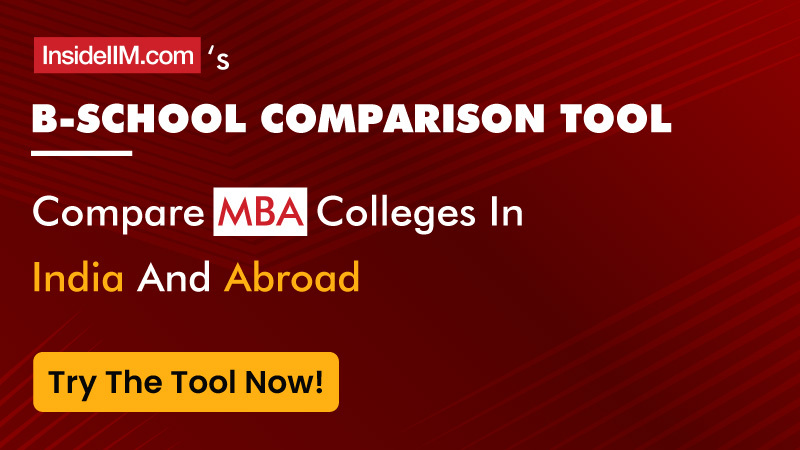In the year 2000, Dow Corning, a market leader in silicone solutions industry, faced challenges due to stagnation in growth, price-seeking behaviour of the customers and commoditization of its products. As ‘Commodity Magnet’ is not a very encouraging phenomenon for any organisation, the leadership team at Dow Corning decided to fight it through innovation and disruptive technology measures. They were successful in launching ‘Xiameter’, an online portal for providing commoditized silicone products which catered to price-seeking segment which didn’t require specialized services from Dow Corning for silicone solutions. The move proved to be strategically very successful as they were open to acquire a large market share in commodity market and the technological innovation even helped them increase revenue in their mainstream business model.
A report by McKinsey Global Institute estimates that the applications of the 12 technologies discussed in the report would have a potential economic impact between $14 trillion and $33 trillion a year in 2025. Consequently, it is imperative for business leaders to keep their strategies updated in the face of continually evolving technologies, ensure that their organizations continue to look ahead and use technologies to improve internal performance. Disruptive technologies can be game-changers for businesses, therefore, it is needed that even established businesses plan for a variety of scenarios and not be afraid to look beyond long-established models even if it seems risky at the time. On a lighter note, perhaps they could take inspiration from Kevin who dared to look beyond the monotonous life he and his fellow minions were leading and decided to go out in search of their new boss despite the misgivings everyone in the colony had.
Companies around the world require disruptive technology measures to either differentiate their products or to decrease their cost to serve or produce. With the advent of Information Technology (IT), many industries have undergone drastic changes. Technology applications are very dynamic and require continuous upgradation due to rising expectations and the ever evolving requirements of businesses. Enterprise Resource Planning (ERP) systems have proved to be one such disruptive measure in many industries. Such technology tools help organisations to reduce their operating costs, decrease their manpower requirements and improve efficiency. Disruptive measures challenge the conventional ideas of doing business, lead to new venture or product creation, change the organisational structure and even alter the dimension to measure the profitability or progress of a business. Disruptions or innovations lead to a new S-curve for most of the organisations, hence it is very essential for all the organisations worldwide to identify their stage in the S-curve and introduce appropriate measures.

There is a requirement of technology group or Research & Development centre in almost all the organisations to introduce or work on technology innovations or disruptive measures. Most of such teams work in a very organic way and are mostly driven by super ordinate goals of an organisation to continuously improve its functioning. Disruptive measures can be in any department or any domain of an organisation right from purchase management to assembly lines to inventory control to product design and even in customer relationship. Technology can enable even novice or new entrants in any industry to sustain its business in presence of incumbents or established organisations. Disruptive technology measures can be a game changer for any player in the market. Google was not the first organisation to launch search engine but they were disruptive enough to introduce the most relevant search results based on their superior technology algorithm. ‘What you do?’ is mostly not very important in business world but ‘How you do?’ is what differentiates or enables an organisation to reach new heights.
It is equally important for governments to use these advances in technology to their own benefit and address their own operational challenges. For example, deploying the Internet of Things to improve infrastructure and developing smart cities to increase productivity and deliver public services more efficiently and effectively. Technology innovations can lead to improved efficiency in government processes which will revive economic growth and in turn help businesses to blossom. Businesses can also contribute by sharing their disruptive measures with the government and aid them acquire skills through some suitable tie ups.
That being said, the examples listed above are all success stories. Disruptive technologies may face greater resistance than conventional ones and have to be at times tailor-made to suit the needs of the niche segment. Further, they have to constantly improve and innovate to match the competition that already exists in the market. As a result they may even fail but in that case, they must then incorporate the lessons learned from this failure into the next opportunity.
It is quintessential for businesses to implement technology measures which are disruptive enough to challenge conventions and which can lead to next phase of growth, both for the organisation and humanity in general.












Comments